Table of Contents
- What is Air Layering?
- Why is Air Layering Done?
- Air Layering Plants
- How to Air Layer a Fruit Tree
- How to Air Layer Berry Canes
* Our articles never contain AI-generated slop *
What is Air Layering?
Air layering is an easy propagation technique which works well on trees, shrubs, and woody canes.
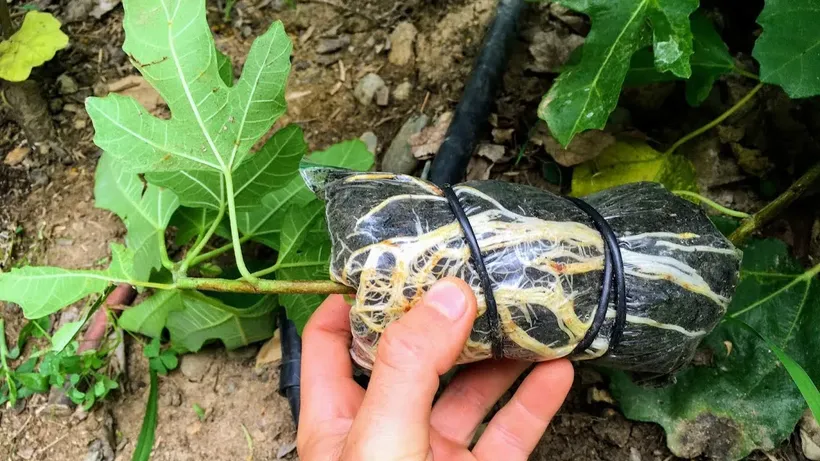
Why is Air Layering Done?
Air layering allows you to root a branch or cane before cutting it off the plant, ensuring that it still receives nutrients while it's developing roots.
This increases the chances of successfully rooting and gives you a much higher success rate than trying to root after taking a cutting.
Disclaimer: This post may contain affiliate links. Refer to the privacy policy for more information.
Air Layering Plants
Can any plant be air layered as a means of propagation?
While air layering is typically associated with woody-stemmed plants, such as trees, shrubs, and canes, the technique is not exclusive only to them.
Though soft-stemmed plants don't typically respond well to this technique, some herbaceous plants can be air layered if they are hardy enough. Bananas are an example of this, containing enough vascular tissue to generate roots though they aren't woody plants.
It's preferable that plants which are quick to root are chosen for air layering.
How to Air Layer a Fruit Tree
Fruit trees are often grafted onto rootstock of a different species in order to attain desired growth habits. This can mean that the trees grown from root suckers will not produce the same fruit as the parent on a grafted tree. This is where air layering comes in!
Because air layering allows you to propagate a tree from a branch, you're working above the graft point on your fruit tree.
The species above the graphed point was chosen for good fruit, and controls the flavor. Air layering a fruit tree, therefore will produce the same fruit as the parent.
It's worth noting, however, that your air layered fruit tree will not be grafted unless you later graft it. This means that while the fruit will match the parent tree, the growth habit may vary wildly.
You may get a much larger or much smaller tree, one that grows slower or faster, or is less resistant to pests and diseases.
Keep these things in mind, but don't let them stop you from air layering your favorite fruit tree to propagate more.
Supplies Needed
Pick your favorite fruit tree to air layer, and then grab the following supplies:
- Seed-Starting Mix
- Rooting Pods & Zip Ties
- OR any plastic Bag & tape
- Sharp Knife or Razor
- Water (Preferably filtered and pH'd to 6.5)
- Cinnamon or Aloe for rooting (or rooting hormone, though that's not organic)
Steps
- Pick a strong healthy branch on the fruit tree, free of disease. Young green branches usually work better than older ones
- Using a razor blade or sharp knife, cut the bark off of a 2-3" segment of the branch
- Sprinkle cinnamon on the exposed wood, or rub aloe on it to help with rooting
- If you choose to use a rooting pod, fill it with moist potting soil
- If you use a plastic bag, rip it down the seams to create a rectangle of plastic and place a pile of moist potting soil on the plastic
- Wrap the rooting collar or plastic around the part of the branch which you de-barked
- Zip-tie the rooting collar, or wrap the plastic bag with tape to secure it in place
- Give it a couple weeks, and then come back and check on your progress to see if it has rooted yet
- When there are abundant roots present in your air-layer segment, it's ready
- Cut off the branch above the rooted part, and transplant into a pot or plant directly in the ground
How to Air Layer Berry Canes
The process for air layering canes on raspberry and blackberry bushes is exactly the same as fruit trees (above), with a few caveats:
First, watch out for spines! You can use a knife to strip the spines from a segment of a cane to help.
Second, there's no graft point on berry bushes, and no separate rootstock to worry about. This means that both the growth habit and the fruit of air-layered berry bushes will be identical to the parent.








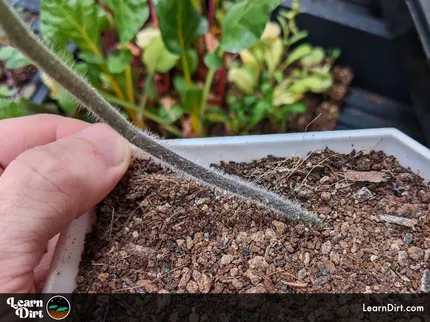
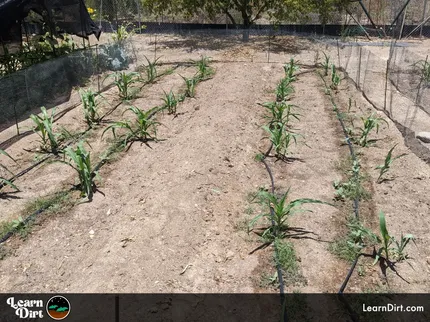
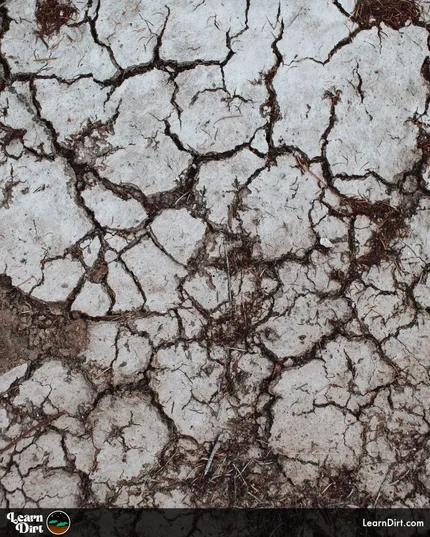
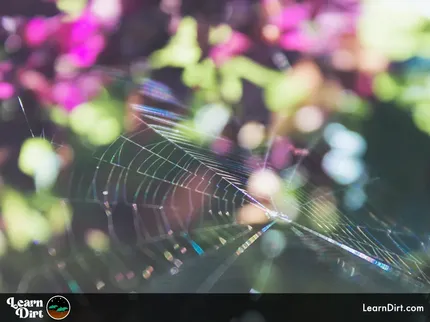
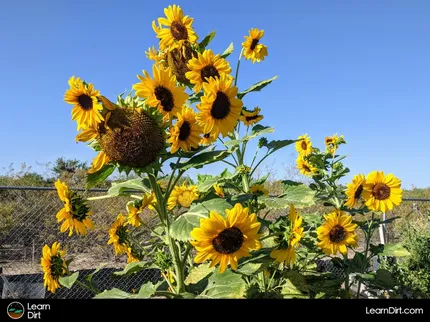
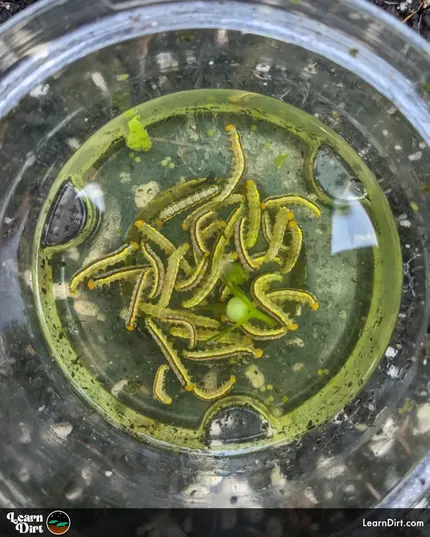
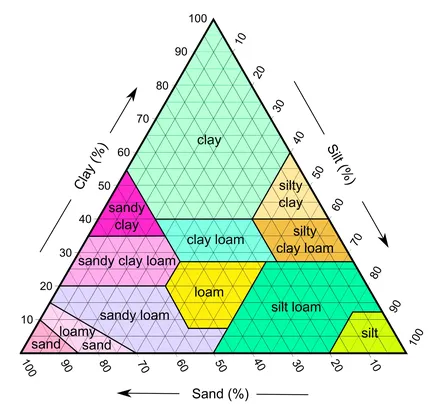
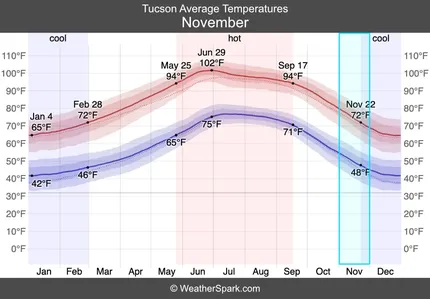
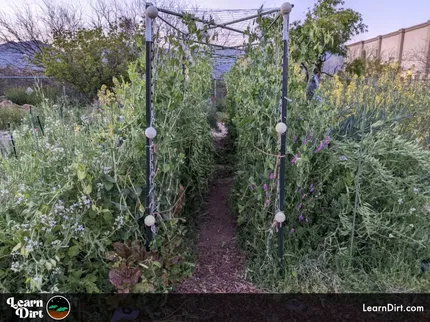
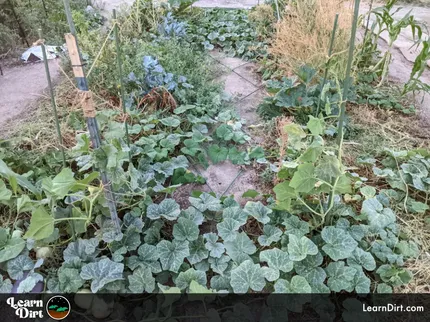
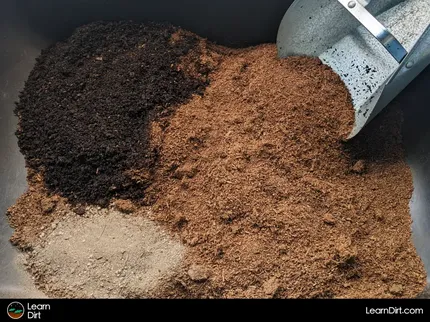
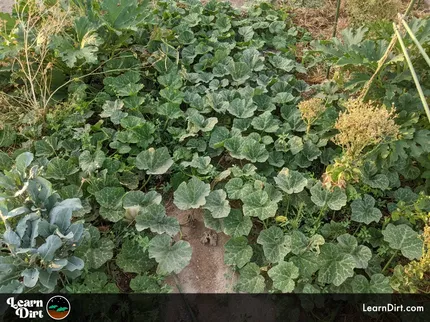
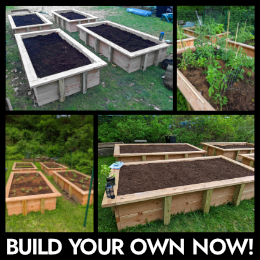
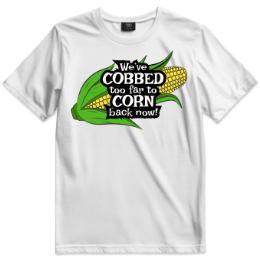

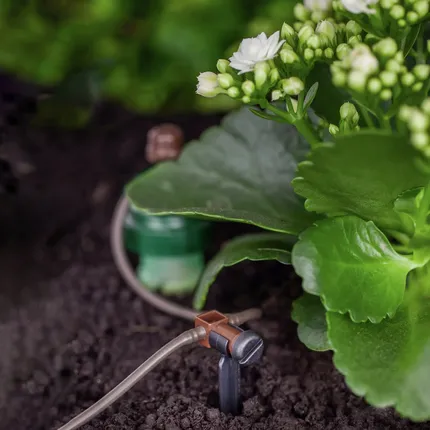
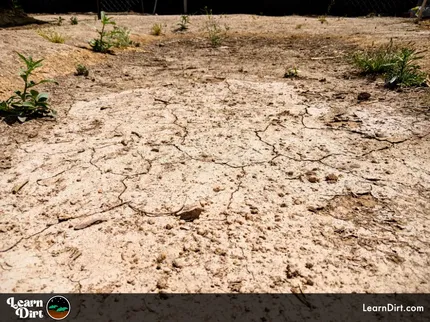
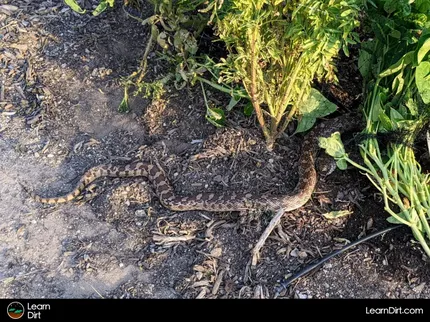


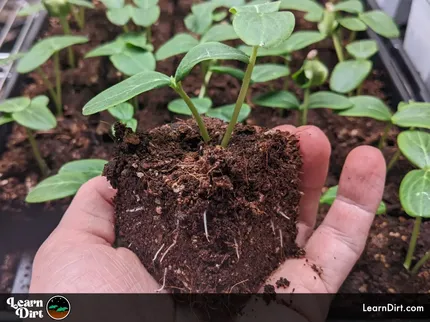
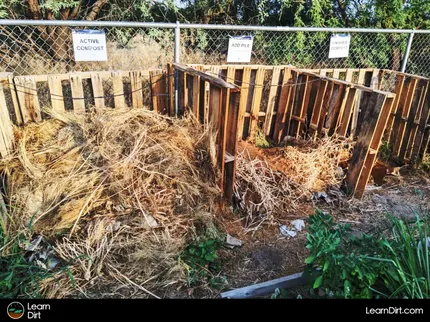
Leave A Comment:
Under construction, please check back soon!